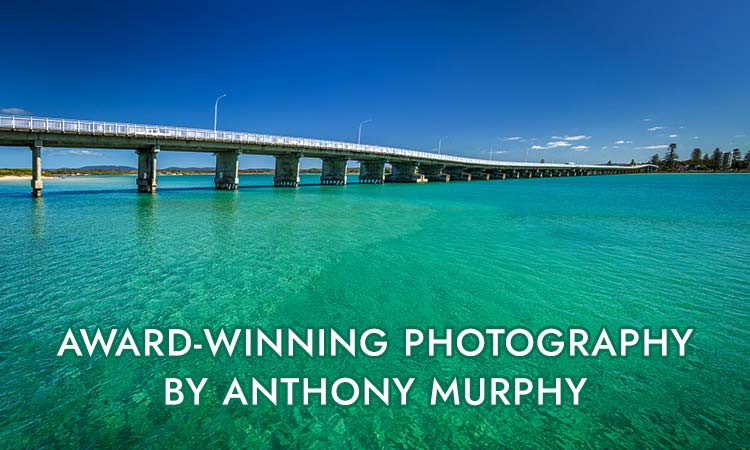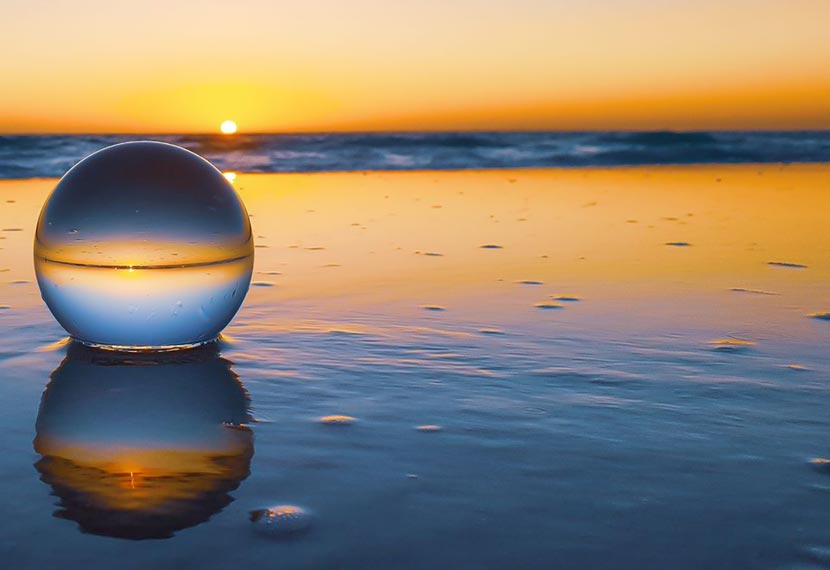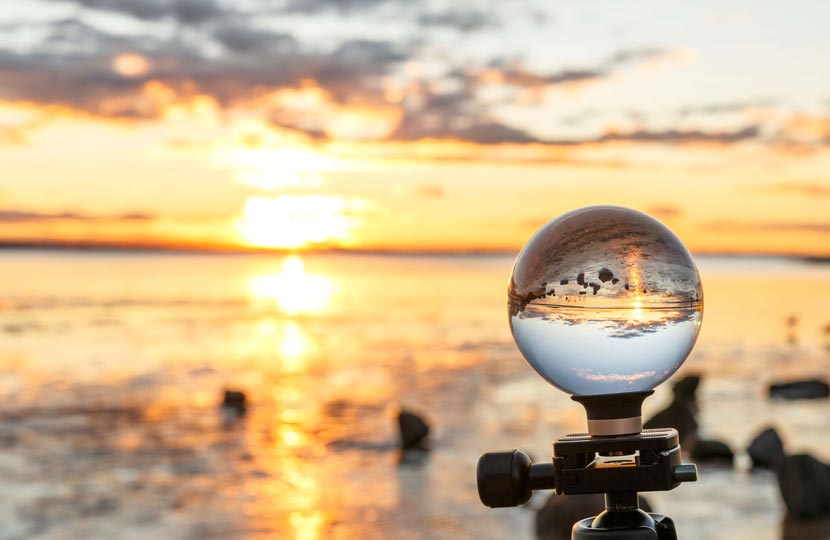GUEST SPOTLIGHT: SIMON CHOI, REFRACTIQUE
Today, let’s delve more into this creative form of art as fellow photographer from Sydney, Simon Choi, explains the different ways that you can experiment with this photographic technique.
Australia’s beautiful outdoors have ultimately let me to organically come up with what I can best describe as a hobby or passion business, when I began experimenting with a crystal ball, or lensball as it’s otherwise known. The lensball acts as a wide-angle lens and it’s used in may different forms of photography, but the most popular shots and the ones I love to take the most are natural landscape photos, as obviously it suits landscapes the most.
The wide-angle aspect of the lensball is also very satisfying to be able to view the image inside the ball, and that the image is inverted inside the ball. This is because of the effect of refraction, which is when a wave passes from one medium into the second one, deviating from the straight path it otherwise would have taken.
In this photo at the beach you can see the image inside the lensball is inverted due to the refraction effect mentioned, the sky is actually at the bottom of the ball and the water is at the top. It can be very eye catching when you see the contrast between the background and the image in the ball. It brings feelings of wonder and amazement to the viewer and I believe has them really appreciating the beauty of the surrounds – in this case a beautiful beach and sunset.
In the following photo I have used a lensball stand, which has a ¼ thread to place onto a tripod and present the lensball nicely on. Horizons, sunrises and sunsets are commonplace with this kind of photography! In terms of improving these shots in lensball post processing the most common edits I make to further improve photos are cropping and saturation or de-saturation.
Cropping ensures I obviously get only what I really think captures the moment in the image. It is especially important in lensball photography because we want to be able to view what’s in the crystal ball. If the background is too large or the lensball too distant then the image inside the lensball may be too small and it can take away from the wonder of the photo. Obviously, there may also be elements we don’t want in the photo so quite often I do some cropping.
In terms of saturation I may want to increase the saturation of some colours, especially where the colours are a bit dull and need a bit of a kick. You need to be careful with this one though as it will increase saturation of all colours no matter what the luminance!
So, if you enjoy landscape photography as much as I do then I recommend considering trying out a lensball as it can add a bit of fun and a new dimension to your photography. If you’d like check out more advice for lensball photography.
You can see more of the lensball in action over at Simon’s website Refractique.




